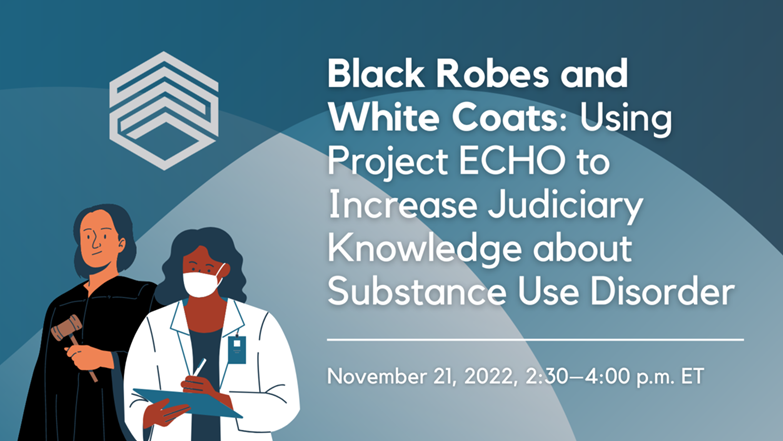IAALS, the Institute for the Advancement of the American Legal System at the University of Denver, just announced that it released its new Allied Legal Professionals landscape report, along with an accompanying online Knowledge Center. With generous support from the Sturm Family Foundation, this project seeks to help standardize a new tier of legal professionals nationally, with the goal of increasing the options for accessible and affordable legal help for the public.
“Today, the majority of Americans are faced with a very serious access to justice problem—not only low-income populations, as many people believe. And the pandemic has only made matters worse in recent years,” says Jim Sandman, chair of IAALS’ board of advisors and President Emeritus of the Legal Services Corporation. “For example, studies show that around 40–60% of the middle class have legal needs that remain unmet. Simply put: people want legal help, and they are not getting the help they need.”
The access to justice problem reflects the way in which current regulations constrict new pathways to accessible legal services and leave consumers with few alternatives. However, one solution that has been spreading quickly across the country is in the form of allied legal professionals—licensed and regulated professionals who are not lawyers, but have been authorized to represent clients in limited matters.
“IAALS has been closely watching those states who have altered their unauthorized practice of law rules to allow this new tier of legal services providers, creating avenues to legal help for many who cannot afford an attorney,” says IAALS Manager Michael Houlberg. “The few programs that have been created—and those still in the planning stage—have all been set up with a slightly different framework to fit their jurisdictions’ needs. We created the Allied Legal Professionals project specifically with the goal to map out what these different programs look like, understand the benefits and challenges that exist within each one, and then create recommendations for a national approach with the assistance of subject-matter experts based on data and best practices.”
The Allied Legal Professionals landscape report offers a preliminary compilation of existing programs, presented across a framework that allows for comparison between and among the various state and international efforts. The accompanying online Knowledge Center is designed to be an up-to-date resource with current state information for those considering how these programs can be achieved and improved upon.
Additionally, IAALS recently hosted a convening where experts and national partners came together to develop recommendations and best practices for states developing allied legal professional programs.
For more information, please visit: Homepage | IAALS (du.edu)



